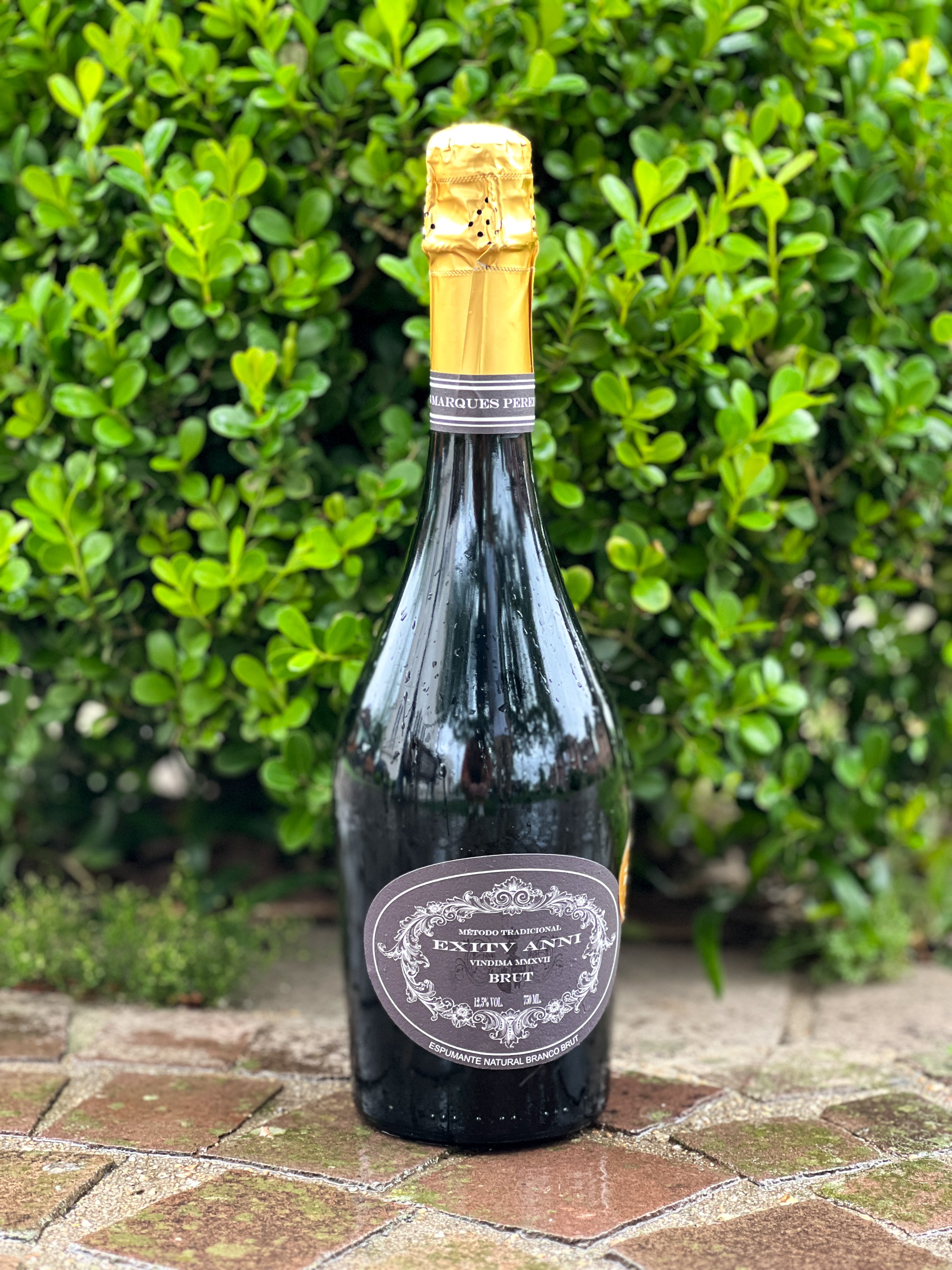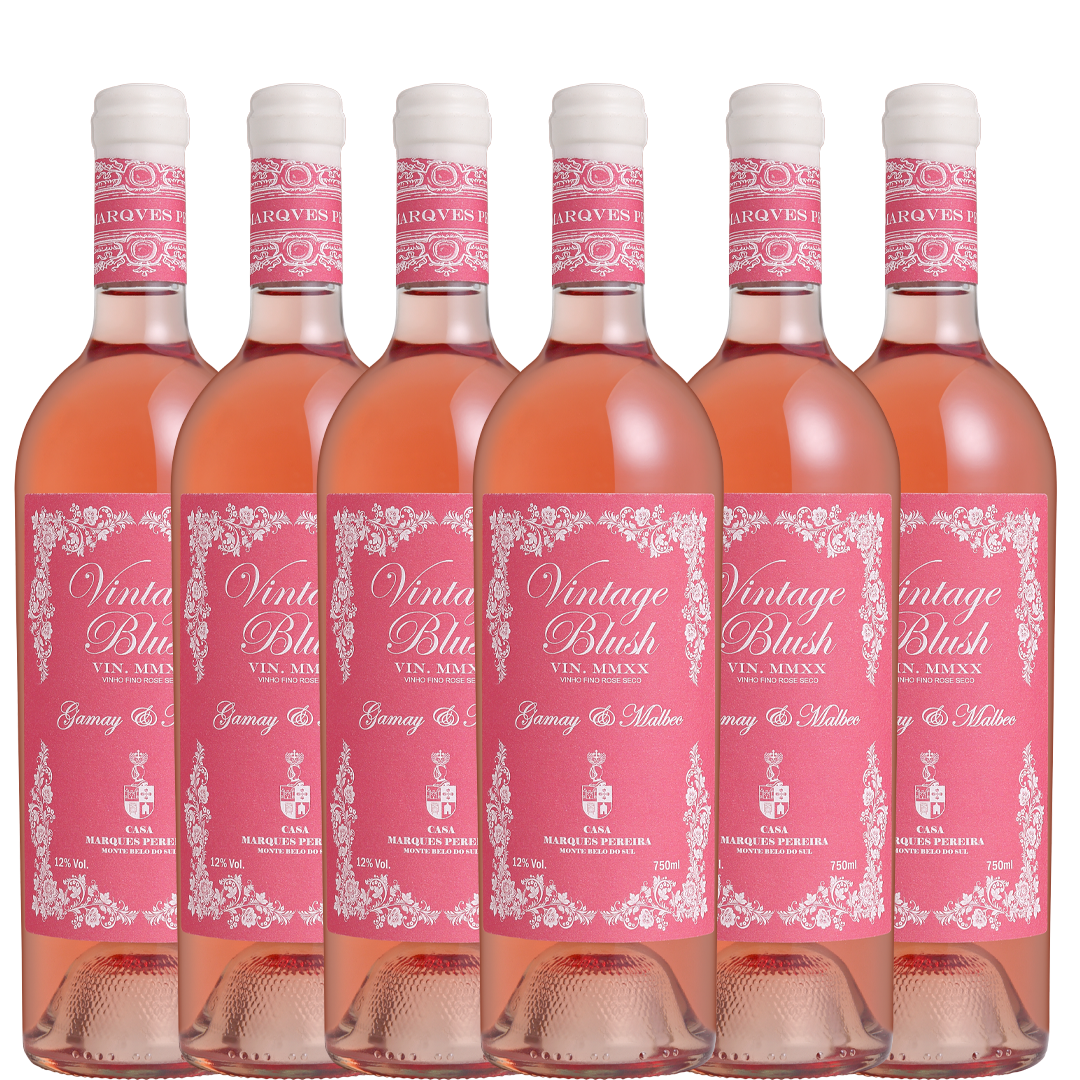Pairing Guide: Cigars and Wines
Wines and cheeses, spirits and cigars, right? Legendary combinations, for sure, but how about venturing into an intriguing pairing that might reveal incredible results? Let's talk about the delicate art of uniting these two rich and complex elements.
Despite their differences, cigars and wines share some intriguing characteristics. Both possess a certain magic in their ritual of consumption. Origin, history, harvesting and aging, complexity of aromas and flavors… Their creation is an art, and their tasting a luxurious pleasure.
Wines and cigars may not appear in the same photographs very often, at least when it comes to pairing. They are two pleasures so intense and full of complexity that their combination can seem too complicated. Frankly, this pairing is no walk in the park, but knowledge of the characteristics of each and a few simple tips can transform and elevate the flavors and aromas of this experience.
A Little About Cigars
The origins of the cigar and the use of tobacco for this purpose are uncertain. Some historical findings from the Mayan civilization show illustrations of people smoking tobacco leaves tied with string. Even though the use and cultivation of tobacco was common among Caribbean peoples, it was unknown to European society until the 15th century, as recorded by Friar Bartolomé de Las Casas, according to accounts from Christopher Columbus's men during their incursions into Cuba, in a free translation;
“(…) Men with partially burned stumps in their hands and certain herbs to extract their smoke, which are dried herbs placed on a certain leaf, also dried (…) and having lit one end of this, from the other they suck, absorb or receive its smoke through breathing, by which they become numb, almost drunk and it is said that thus they feel no tiredness at all.”
Through the explorations of the Americas, tobacco conquered Europe, even gaining the status of "Sacred Herb" among the Spanish. During the following centuries, tobacco spread throughout the world, although the Caribbean islands remain the center of interest and origin of the richest and most refined cigars in the world.
Currently, tobacco leaves are harvested and aged through a drying or curing process that combines heat and shade to reduce sugar and free water levels, preventing the leaves from rotting. This process takes between 30 and 45 days depending on the type of tobacco and the desired color. Following this, a slow fermentation takes place to intensify aromas and flavors before rolling. Even with available technology, good cigars are still handmade by experienced tobacconists , capable of uniformly preparing hundreds of high-quality cigars per day.
Before discussing the types of cigars, it's important to understand their construction and how this affects the final characteristics of the product. A cigar is composed of three fundamental parts;
Wrapper : Also known as the wrapper, it is the most expensive and important part of the cigar. The wrapper greatly defines the flavor and aroma of the cigar. The leaves used for the wrapper are specially grown in the shade and dried separately. The color of this leaf defines the type of cigar, which varies from the lightest, slightly greenish (Double Claro) to the blackened (Double Maduro);
Wrapper : Just below the wrapper is the wrapper or binder. This layer is composed of leaves that are on the upper part of the plant, exposed to the sun, chosen for their elasticity to tie the filler leaves of the cigar;
Filler : The filler is the core or heart of the cigar; it consists of hand-pressed tobacco leaves, allowing air to pass through when tied with the binder. The tobacco varieties chosen for the blend, as well as the curing time, will determine the final characteristics of the product.
How to Pair Cigars and Wines
Like wines, cigars are objects of tasting and debate due to their unique and complex sensory characteristics. Cigar tasting reveals the impact of the varieties used and the production processes involved. Because of these characteristics, cigars are divided into three basic categories: Mild, Medium, and Strong.
Generally speaking, even though the spectrum is very broad, we can find very interesting combinations for each of the classifications:
Mild Cigar and Aged Chardonnay: The delicate yet intense aromas of an oak-aged Chardonnay are an ideal pairing for a mild cigar, such as sweet Dominican cigars; the freshness of the white wine offers vivacity without either element overpowering the other.
Tip: Secrets of the Cellar: Chardonnay and Ashton 8-9-8 Cigar or Olive Connecticut Reserve Churchill
Medium-bodied Cigar and Rosé Wine: Naturally, rosé wine presents characteristics of both red and white wines. Besides its distinct, intense aromas of red fruits, it possesses structure and good acidity. It's a very versatile wine for cigars; however, pairing it with a medium-bodied cigar can enhance the wine, while the cigar can soften the acidity, adding creaminess to the drink.
Tip: Vintage Blush Rosé Gamay and Malbec, and a Cohiba Siglo II or Villiger do Brasil Claro cigar.
Medium-Strong or Strong Cigars and Red Wine: The main sensory characteristic of red wines is their structure, conferred by tannins, leaving a slightly astringent sensation on the palate. This detail makes long-aged cigars with almond and leather flavors perfect for balancing. Intense red wines aged in barrels pair well with cigars of similar intensity. Red wines with a more fruity profile call for medium-intensity cigars.
Tip: Quinta da Orada Corte V and La Mission L'Atelier 1959 or Ashton Virgin Sun Grown Sorcerer
Tip: Secrets of the Winery: Pinot Noir and Montecristo White Special No. 1 or Rocky Patel Number 6.
Between sips and puffs, the moment always wins. Companions in a circle of friends or during a contemplative late afternoon, symbols of power and pleasure, they rarely accompany faces without smiles. Try some of the tips and remember the details to risk your own combinations, putting your favorite labels and brands to the test.















